The work is in good condition, on its original canvas, it is offered in a beautiful gilded frame that measures 60 cm by 78 cm and 40 cm by 61 cm for the canvas alone.
It represents a fisherman on the Prado beach, a few steps from the Pointe Rouge district, in the background two walkers, and in the background establishments on the Corniche and in the distance the Château Thalabot.
A beautiful work on the light, the movement of the waves and the gestures of the fishermen.
The work is signed at the bottom right.
Louis Alexandre Marie Nattero was born on October 16, 1870 in Marseille, 1 rue du Pharo, from the second marriage of Dominique Nattero to Jeanne Joussaume.
His parents quickly separated in 1872 and, in 1880, Louis was placed in an orphanage.
Passionate about drawing, he created his first works around the age of 11: portraits that he managed to sell in order to survive.
After an unhappy childhood, he turned to painting.
In 1891, in Toulon, he married Lucie Durbec with whom he had nine children. His son, Joseph Nattero, born in Marseille in 1904, followed in his father's footsteps and painted throughout his life.
At the age of 26, from October 1896 to April 1897, thanks to a scholarship from the city of Toulon, he attended the École nationale supérieure des beaux-arts in Paris for a few months, where he was a student of Léon Bonnat.
However, he suffered from lead poisoning and had to, with regret, stop his studies in Paris.
He then returned to Toulon, then settled permanently in Marseille, his hometown, in 1904. He also stayed in Aix-en-Provence.
His talent was quickly recognized and his paintings were very successful from 1905. He participated in most of the salons in the Marseille and Toulon region and worked tirelessly to feed his large family.
In Toulon, he exhibited, among others, at the framer Lacqua (31 rue d'Alger) and at the Albano gallery (rue des Trois Dauphins). In 1902, he was present at the Friends of the Arts exhibition in Toulon and won several prizes.
In Marseille, his workshop is located on Boulevard de la Corderie and his works regularly appear at the Vallet gallery, rue Paradis. He exhibited at the Student Association show and at the Grand Cercle Républicain in 1905.
In 1914, war broke out and three of his sons left for the front. His painting no longer sells. A deep despair overcomes him.
On November 10, 1915, at his home, 42 bd Joachim in Marseille, he ended his life by shooting himself in front of his son Joseph.
After a ceremony at the Bonneveine church, he was buried in the common grave at the Mazargues cemetery. The day after his death, the Petit Marseillais launched a collection to help his widow and children. In the Pointe Rouge district, the Marseille town hall gives its name to a roundabout.
In 2004, the Musée du Vieux Toulon organized an exhibition: “Louis Nattero (1870-1915) – Victor Senchet (1879-1973), painters”.
The sea
Fishing boats
Louis Nattero is above all a painter of the Mediterranean.
It is for him the true subject of expression when he paints the poetry of a twilight, the sleeping waves of the coves, the fishermen hauling in their nets in an almost hushed calm. He is not the painter of tumult.
In his work, the characters are rare, often distant: a sailor drinking from the feast, a boat on the horizon, fishermen mending their nets, walkers on a quay. Like a photographer, he captures his subjects in everyday life and interprets them freely.
Largely influenced by the Impressionists, Nattero makes light the essential element of his painting.
“The vibrant note is in fact the goal that Nattero wants to achieve: for this, he is not afraid to sacrifice the precise line. It admirably gives the impression of a teeming crowd on our sunny quays, in our picturesque old streets by skillfully applied impasto.”
—Marseille Student, May 1905
He knows perfectly the secret of pure colors and it is with precision that he places a touch of red on the cap of a fisherman or a touch of white on the rebound of a wave. His palette evolves in shades of blue, mauve, pink, pearly nuances, warm ocher at dusk; the crashing waves changing from metallic emerald to the lightest, milkiest green ash.
He forgets the black.
Works
La Patache in the port of Toulon, oil on canvas, 46 × 61 cm, 1902-1905, Toulon Art Museum.



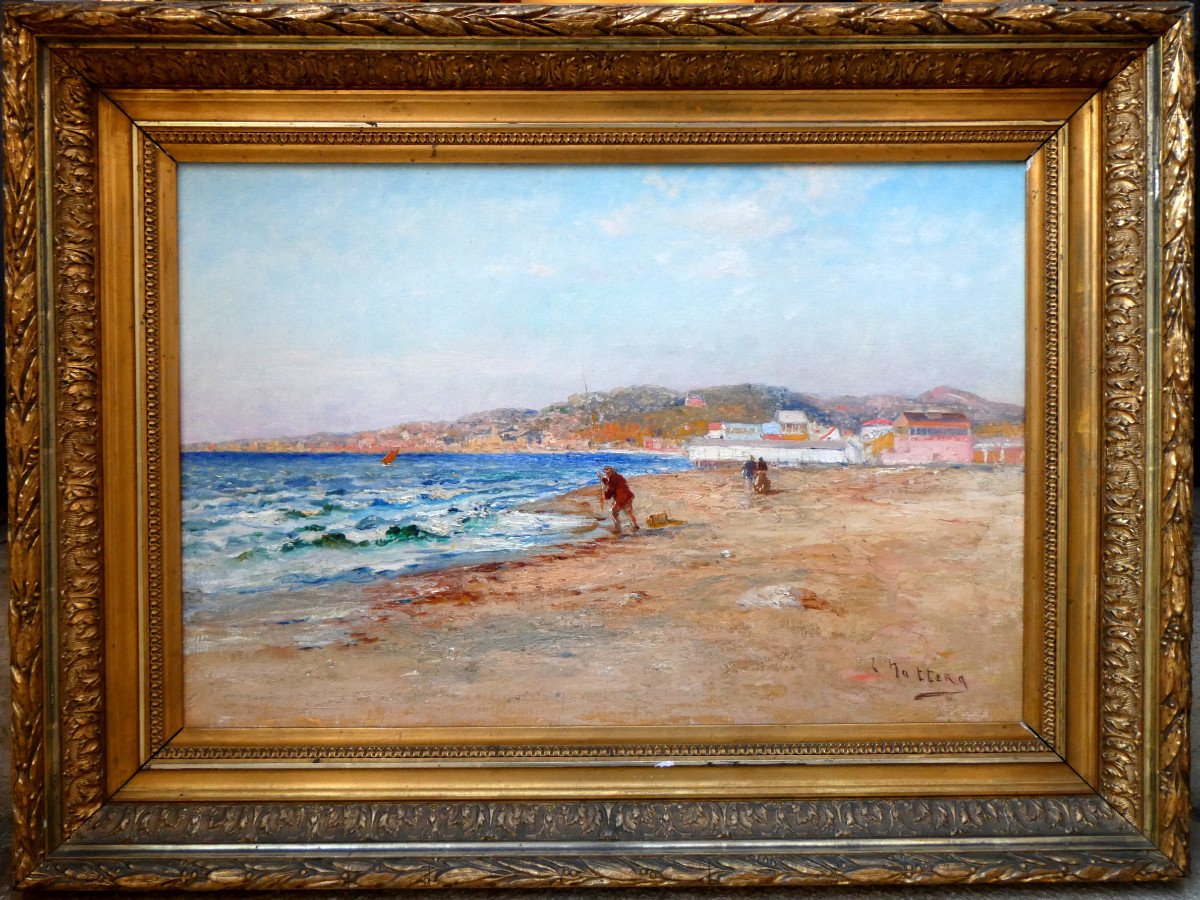
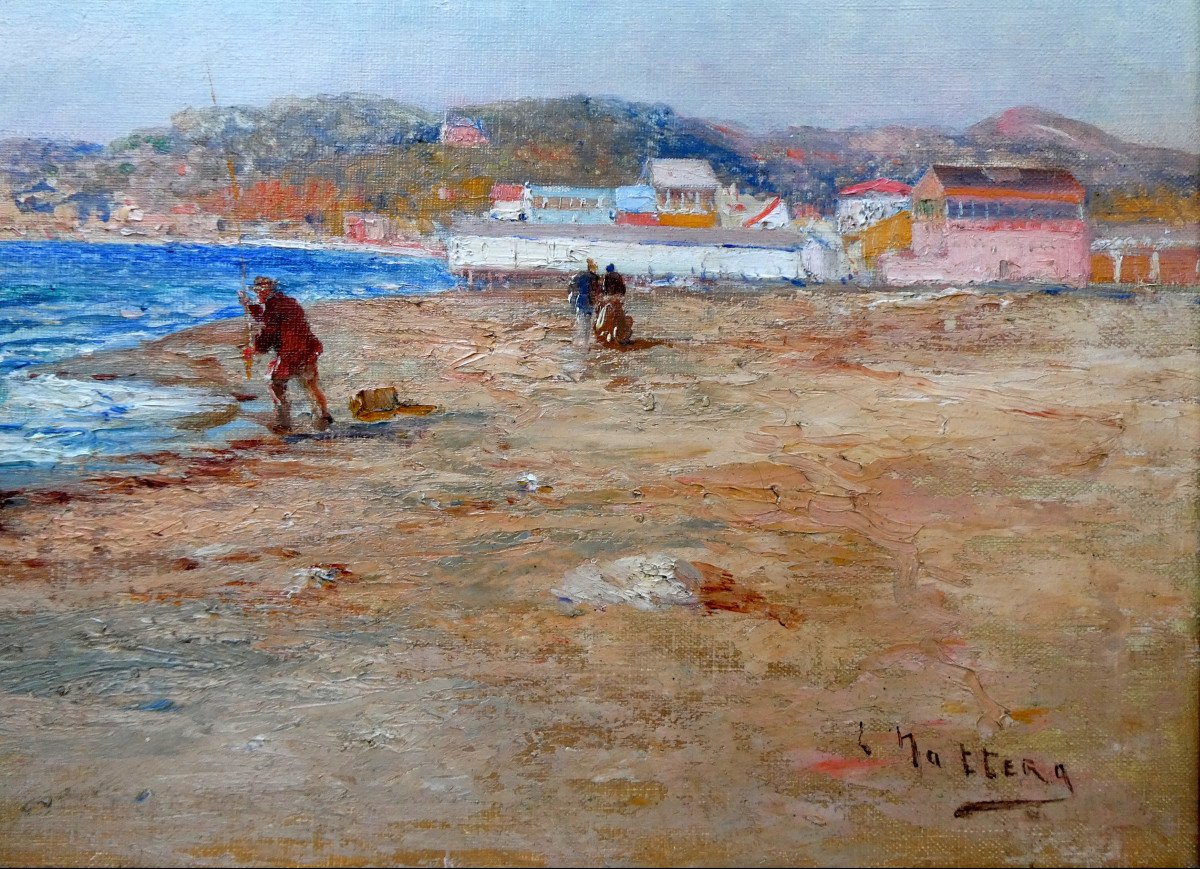



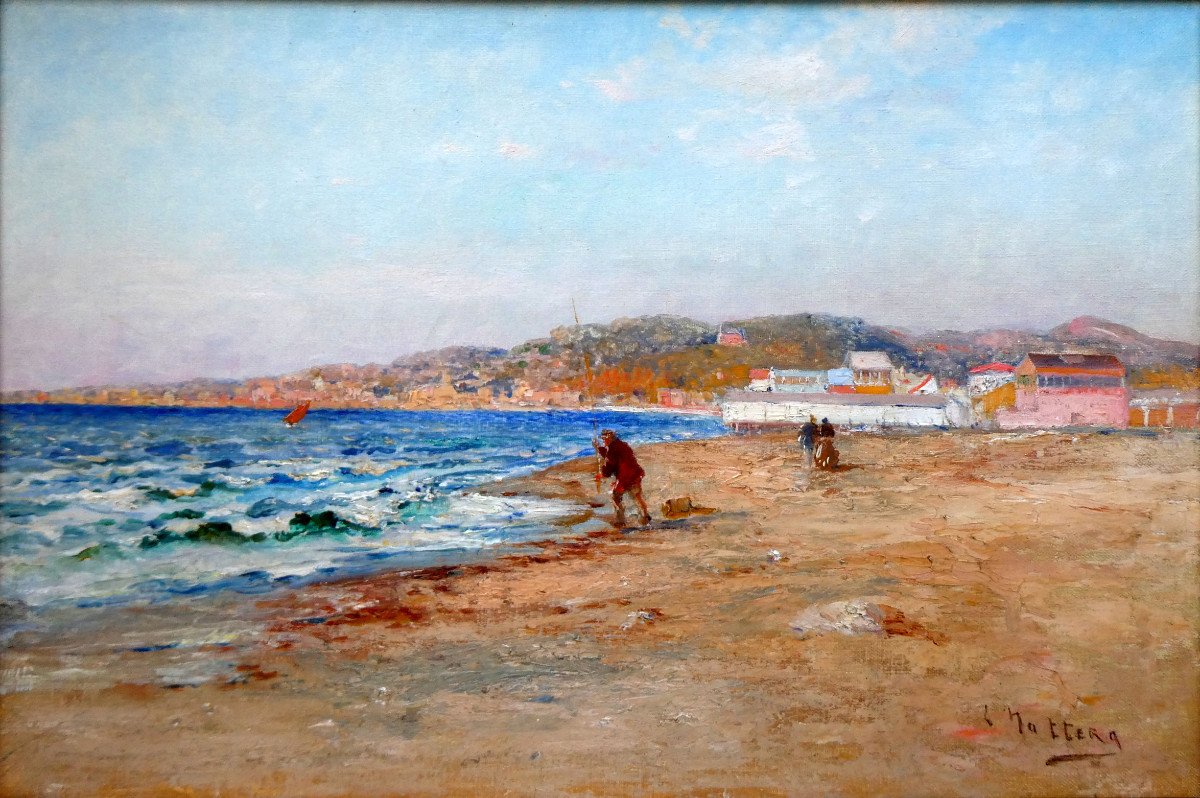

















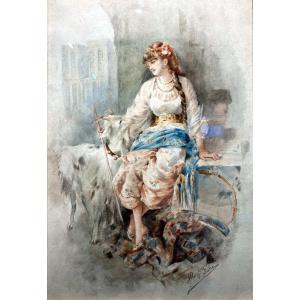



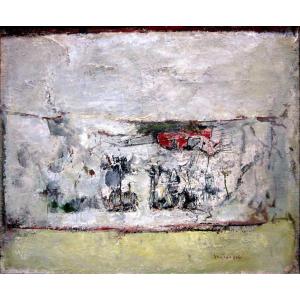

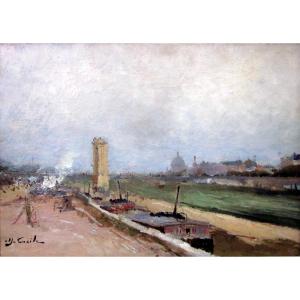
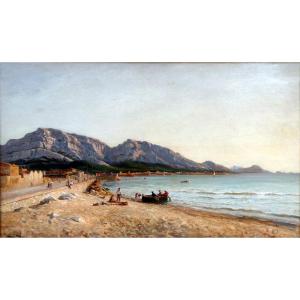
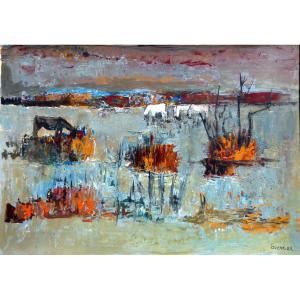
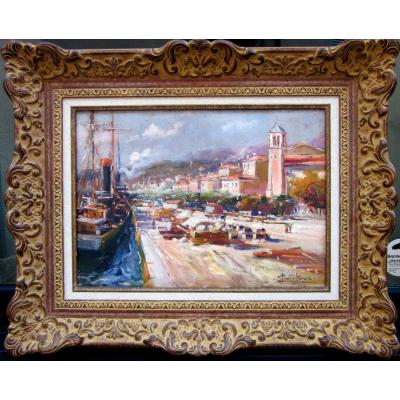
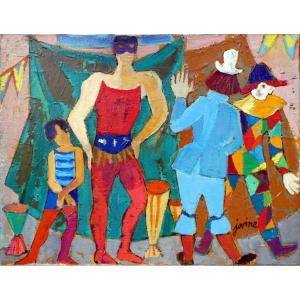

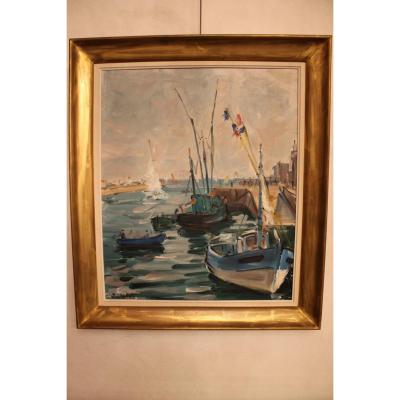
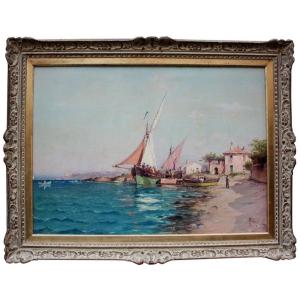

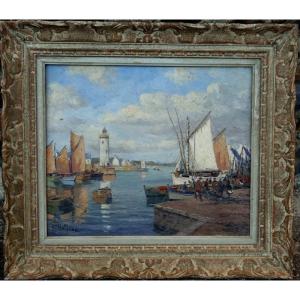
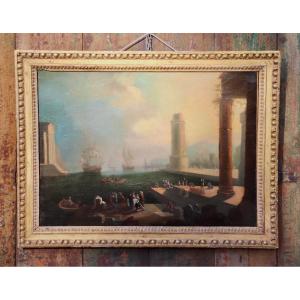



 Le Magazine de PROANTIC
Le Magazine de PROANTIC TRÉSORS Magazine
TRÉSORS Magazine Rivista Artiquariato
Rivista Artiquariato